The views expressed in our content reflect individual perspectives and do not represent the authoritative views of the Baha'i Faith.
The Lambs and the McHughs turned their love into beacons of hope for others, in a time when their interracial marriages violated the law in much of the United States.
RELATED: Interracial Marriage: A Love at First Sight Story
Two more interracial couples spoke on the panel my mother and I hosted – Madelaine and Mickey Lamb, and Anita and Dermot McHugh – and their stories educated us about the nature of the times they grew up in and the struggles they faced.
Madelaine grew up in a Baha’i household, so she learned the importance of unity in diversity in a time of segregation. Louis Gregory, an African American Baha’i whose marriage may have been the first interracial marriage in the American Baha’i community, introduced the Baha’i Faith to Madeline’s father, Albert James. The Baha’i writings stress the need for white and black people to gather together with the utmost love and affection:
Endeavor that the black and the white may gather in one meeting place, and with the utmost love, fraternally associate with each other, so that quarrels and strife may vanish from among the white and the black … There is no greater means to bring about affection between the white and the black than the influence of the Word of God. – Abdu’l-Baha, newly authorized translation, on behalf of the Universal House of Justice.
Today, quotes like these might appear natural to those who have diverse friendships, but in the 1960s and earlier, statements like these sounded radical. Madelaine’s family, the first Baha’is in Howard County, Maryland, helped her become the first African American to integrate Waterloo Junior High School in 1961. She represented a family of pioneers who made history wherever they went:
“The county began gradually desegregating its schools. The last all black school, Harriet Tubman High School, closed in 1965. Later in 1966, my mother, Ruth James, was appointed to the Howard County Board of Education for a five-year term, becoming the first black [woman] and second woman in the school board. Our wedding on May 11, 1968 in Columbia was the first wedding to be held at the first community center built in Columbia. It was one of the first interracial marriages in Howard County. Two other interracial marriages prior to ours are recorded in the Howard County marriage records, but we are the first in Columbia after a 1967 law removed miscegenation laws.”
Mickey, her husband, spoke of the diverse space that he was always able to find because of the Baha’i community:
“I grew up in Highland County, Virginia … There were no African Americans in the schools there, very few in the county … Madelaine and I eventually got to know each other through these conferences that the Baha’i youth were having in the D.C. area and I would travel 150 miles from where I lived in the Shenandoah Valley in Virginia to come to these meetings and got to know Madelaine and a lot of other Baha’i youth. … after we didn’t feel as much age difference after a while, we gradually decided to date each other. We were not concerned about any taboo of interracial dating as Baha’is. They’re ingrained in the Baha’i teachings, so it doesn’t matter what race you are.”
The Baha’i teachings don’t just mention race unity and fellowship – they elucidate them as one of the foundational principles of the Baha’i Faith:
… humanity is one kind, one race and progeny, inhabiting the same globe. In the creative plan there is no racial distinction and separation such as Frenchman, Englishman, American, German, Italian or Spaniard; all belong to one household. These boundaries and distinctions are human and artificial, not natural and original. All mankind are the fruits of one tree, flowers of the same garden, waves of one sea. – Abdu’l-Baha, The Promulgation of Universal Peace, p. 118.
Knowing this, many Baha’is made it their mission to ensure that their lives reflected this unity, harmony, and freedom from prejudice. A white Baha’i, Dermot McHugh’s mother, especially took this principle of oneness to heart.
Dermot’s family was very poor, so they qualified for government housing. His mother didn’t want her son to be exposed to bigotry in all-white government housing, so she moved them to the black neighborhood and enrolled them in all-black schools. Because of this, her children developed close, diverse friendships as they grew up, which acquainted them with the lives of a demographic that faced many years of oppression. Dermot’s sister, the first white graduate of Central High School, later got involved in the civil rights movement. She demonstrated outside the Brown Theatre in Kentucky, which was segregated at the time. Dermot’s family understood that true and sincere love manifests itself in deeds for others.
As the Baha’i teachings say:
Therefore, ye must also be thinking of everyone, so that mankind may be educated, character moderated and this world may turn into a Garden of Eden.
Love ye all religions and all races with a love that is true and sincere and show that love through deeds and not through the tongue; for the latter hath no importance, as the majority of men are, in speech, well-wishers, while action is the best. – Abdu’l-Baha, Selections from the Writings of Abdu’l-Baha, p. 69.
Speaking of love that is true and sincere, let’s conclude with Dermot’s description of his first date with Anita. He was 25 and she was 28 when they met:
“I was very much attracted to her. She was not, you see. What first happened was she had a car and I was living with my two brothers: one was at the university and one was working in a small convenience store … I called Anita and asked if she’d like to go to a movie at the drive-in theater. I don’t know how I couched it … She came. She assumed we were all going. Then I came down and got in the car. ‘Where are your brothers?’ she asked. ‘Oh, they’re not coming.’ I said.”
Everyone laughed after Dermot talked about how shocked Anita looked after she realized that he sort of tricked her into going on a date. He assured us that within a few months, she warmed up to him and in a year, they got married in the Washington, D.C. Baha’i Center on his birthday. They then went on to spread these universal teachings of oneness in Africa, where they have lived for 47 years and raised their three children.
Each of these interracial couples profiled in this series of articles have had diverse experiences in life, but they all have a common, shared perspective – their strong Baha’i beliefs and an absolute dedication to the principle of the oneness of humanity:
Baha’u’llah taught the Oneness of humanity; that is to say, all the children of men are under the mercy of the Great God. They are the sons of one God; they are trained by God. He has placed the crown of humanity on the head of every one of the servants of God. Therefore all nations and peoples must consider themselves brethren. – Abdu’l-Baha, Abdu’l-Baha in London, p. 28.


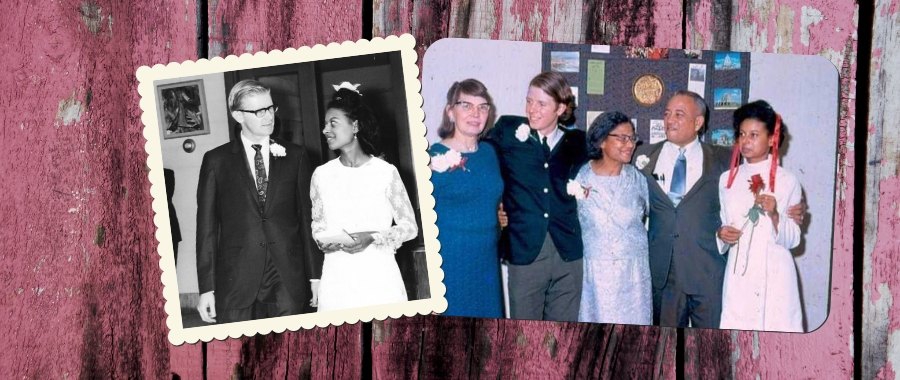
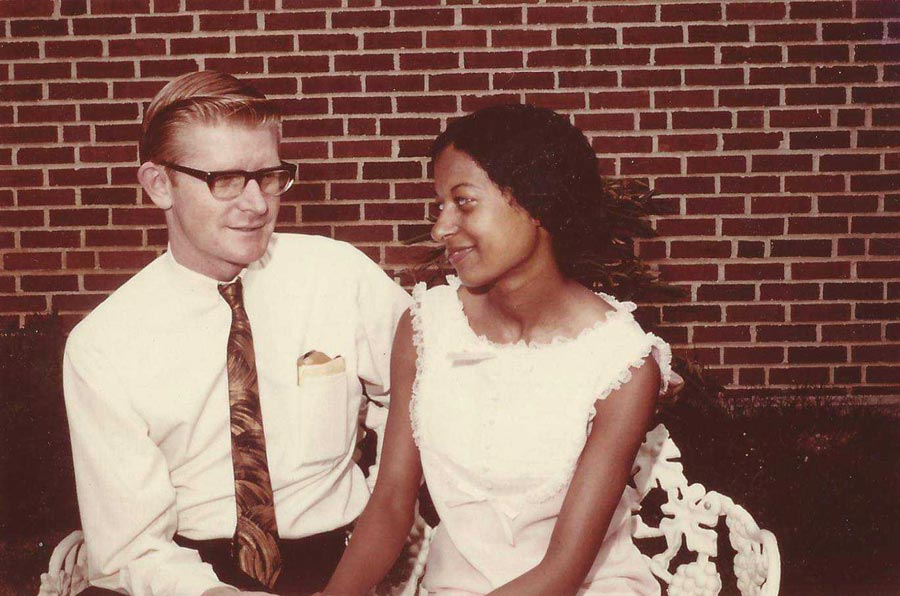
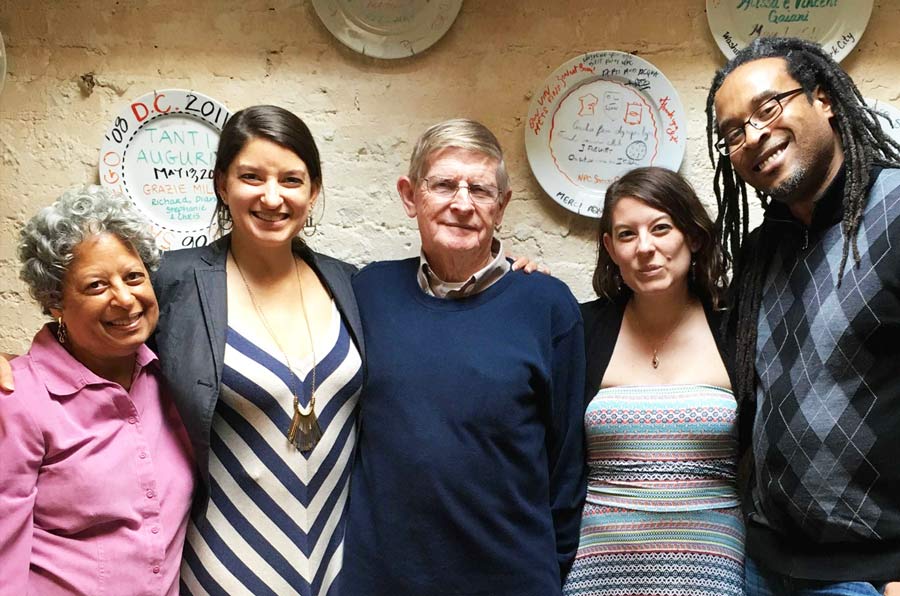
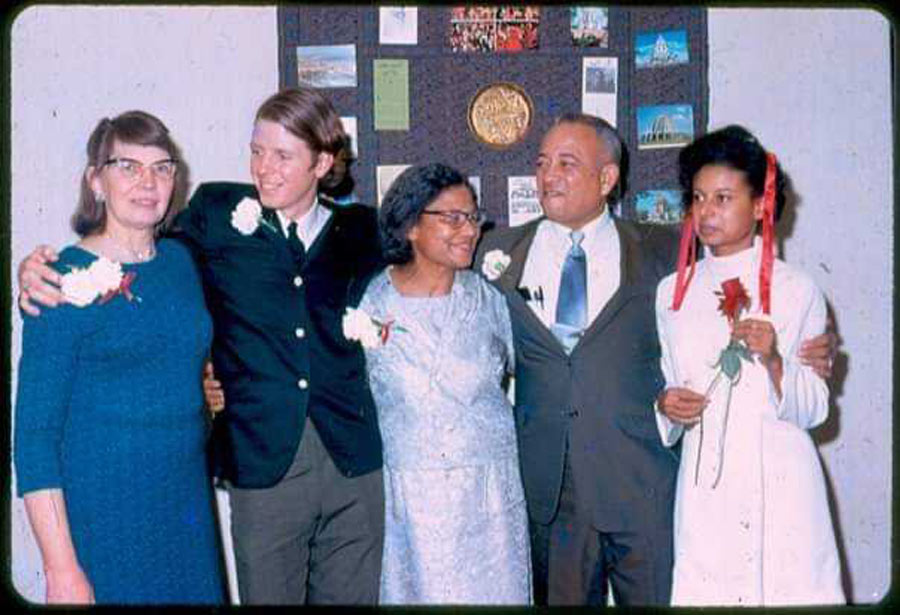
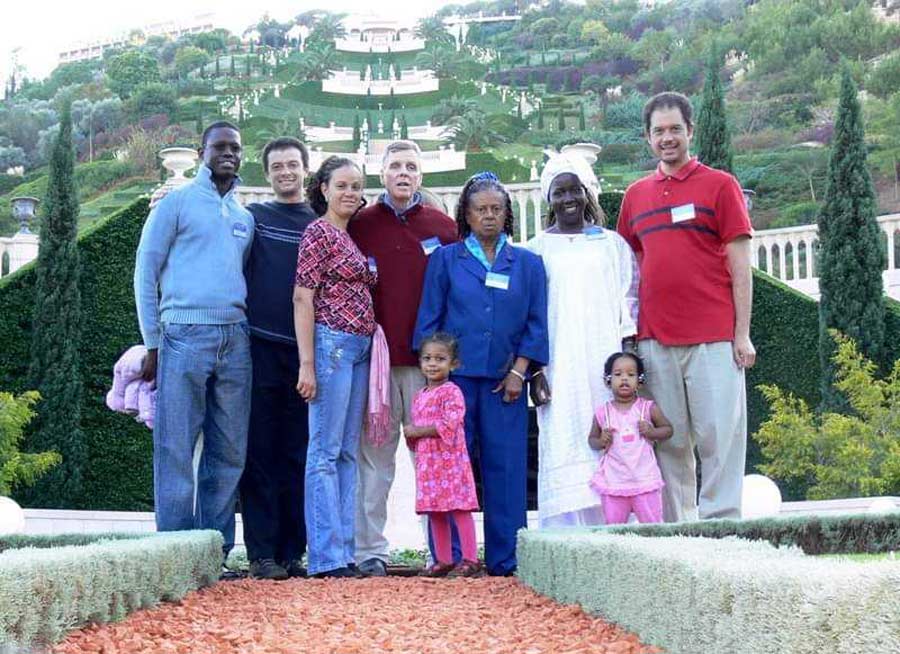
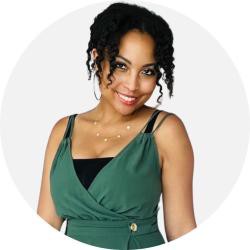
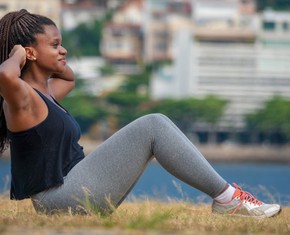


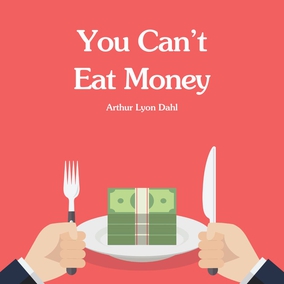
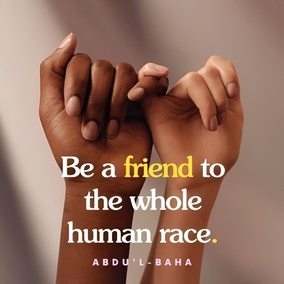
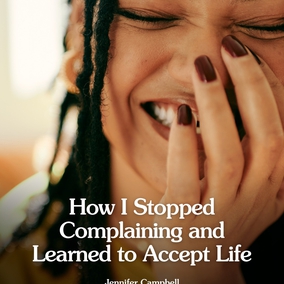
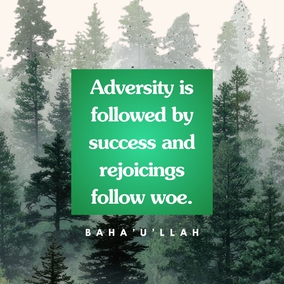
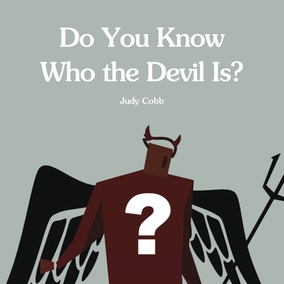
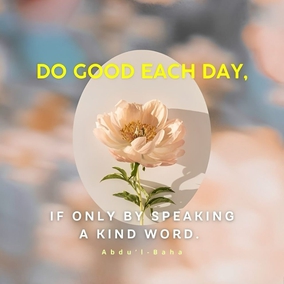
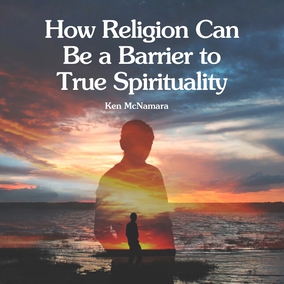
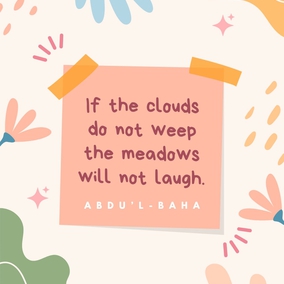

Comments
Sign in or create an account
Continue with Googleor